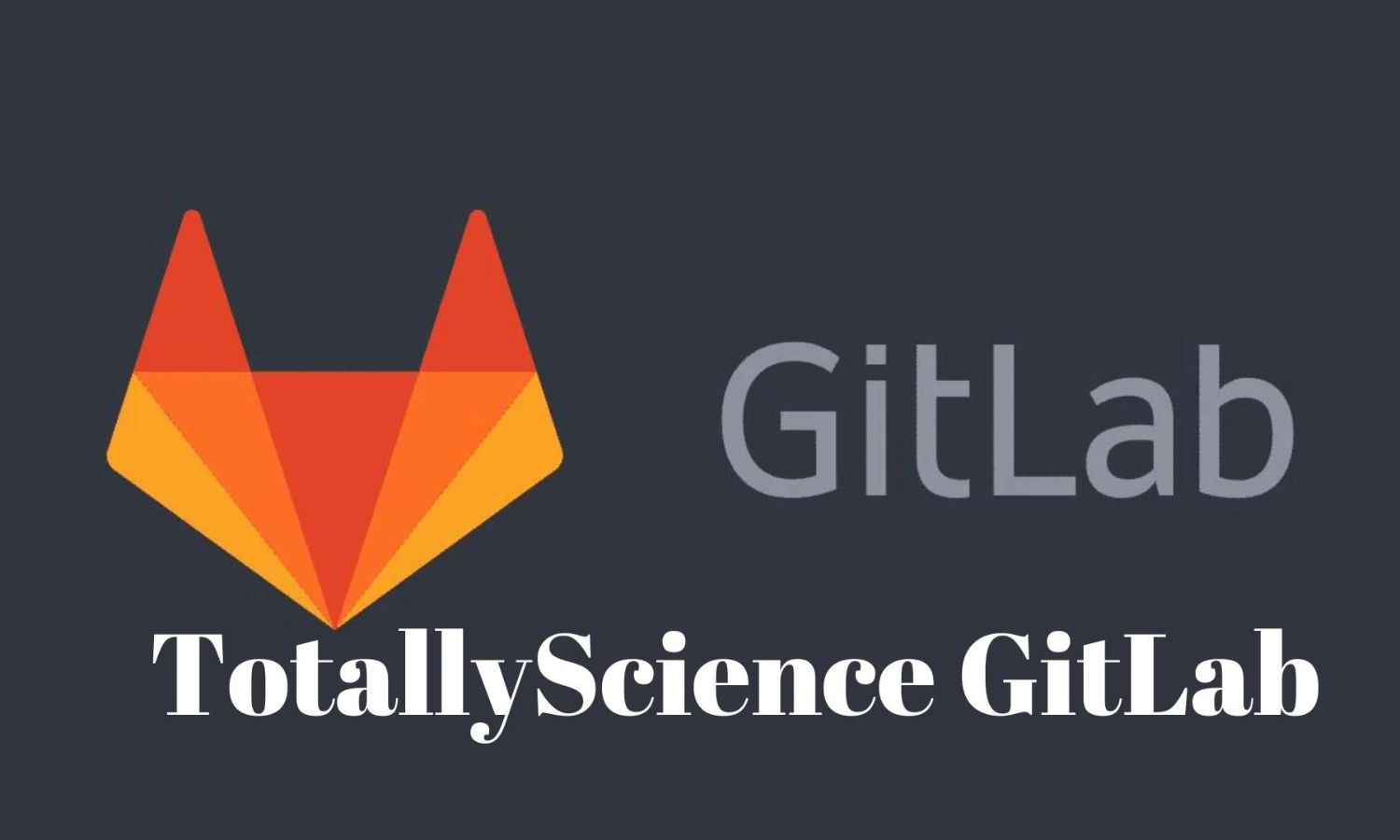TotallyScience GitLab: Are you a science enthusiast interested in contributing to open-source projects? Look no further! Allow us to introduce you to TotallyScience GitLab, the perfect platform for scientific endeavors. In this blog article, we will demonstrate how our advanced tools and features can benefit experienced researchers and ambitious inventors.
Embark on an exciting journey with us to discover how TotallyScience GitLab can transform your open-source science initiatives into groundbreaking discoveries, enabling you to make a meaningful impact on the world of science.
First and foremost, TotallyScience GitLab empowers researchers to manage their code repositories, address issues, and handle merge requests online. It fosters collaboration among scientists, facilitating code sharing and discussion. This blog post delves into the advantages of employing TotallyScience GitLab for scientific research.
GitLab enhances workflow efficiency and code repository management for academics. Sharing code on GitLab enables scientists to collaborate and receive valuable feedback from the community. Tracking issues and merging changes are invaluable tools in the realm of scientific research on GitLab.
What Exactly is TotallyScience GitLab?
TotallyScience GitLab aids software development teams in streamlining collaboration and optimizing processes. By familiarizing yourself with the user interface, utilizing project templates, leveraging issue boards, embracing merge requests, adopting CI/CD workflows, and efficiently tracking issues, you can harness the full potential of GitLab.
Let’s explore the benefits of TotallyScience GitLab:
Enhanced Organization: GitLab simplifies file tracking and collaboration for scientists, ensuring that team members are aligned and minimizing errors, thereby saving time and resources.
Effortless Data Sharing: GitLab makes sharing data with teammates and external stakeholders a breeze, expediting the research process by facilitating feedback and input from others.
Robust Security: GitLab can assist science projects in safeguarding critical data, ensuring the privacy of HIPAA-compliant study participants.
Increased Transparency: GitLab excels in providing transparency by revealing who can access specific files and when they were last edited. This fosters accountability among team members and enhances the quality of the research.
Greater Flexibility: GitLab allows users to freely utilize its features, empowering scientists to tailor their processes to their specific needs.

How to Access TotallyScience GitLab:
To gain access to TotallyScience GitLab, follow these simple steps:
- Join TotallyScience GitLab.
- Log in to GitLab using your account credentials.
- After logging in, join existing community projects or create new ones to kickstart your scientific endeavors.
How to Utilize TotallyScience GitLab:
Effectively harness GitLab from TotallyScience with these practical tips:
- Initiate Projects: Commence a project to utilize TotallyScience GitLab for collaborative code development. Creating a new project is as simple as clicking “Create a project” on your dashboard.
- Collaborate with Team Members: After setting up a project, collaborate with colleagues by adding them as collaborators in your project’s “Settings” tab.
- Create Repositories: Create a repository for your project by selecting “Create a repository” under “Projects.”
- Populate Repositories with Code: Once you have a repository, add your code to it by navigating to your repository’s ‘Code’ tab and selecting ‘Add code.’
- Commit Your Code: Save your code modifications by committing them. Click ‘Commit’ on your repository’s ‘Code’ tab to commit your code changes.
- Push Code Updates: When you’re ready to upload code changes, simply “push” your code to GitLab. This is done by clicking the ‘Push’ button on your repository’s ‘Code’ menu.
- Create Branches: Make modifications without affecting the main code by creating branches. Add a branch by selecting ‘Create branch’ in your repository’s ‘Code’ tab.
- Merge Code: After finalizing your branch, merge it with the main code. Select ‘Merge’ to combine the code on your repository’s ‘Code’ tab.
Alternatives to TotallyScience GitLab:
While TotallyScience GitLab is an excellent choice, there are alternative platforms for open-source science projects, such as GitHub and Bitbucket. Each platform offers unique advantages, but TotallyScience GitLab stands out with its unlimited storage and bandwidth for project repositories, integration with various tools and services, and dedicated support from the TotallyScience team.
Conclusion
TotallyScience GitLab empowers scientists to efficiently organize, share, and collaborate on their research projects. Its user-friendly interface, logical design, and wide range of features make it an exceptional choice for managing scientific research projects. GitLab truly simplifies the complex world of scientific research project management.
READ MORE
- 6 Reasons Why You Might Want to Stop Using Telegram
- Instagram Music Not Working? Here’s How to Fix It Instantly

